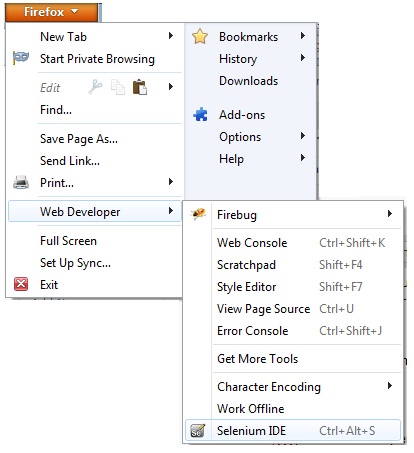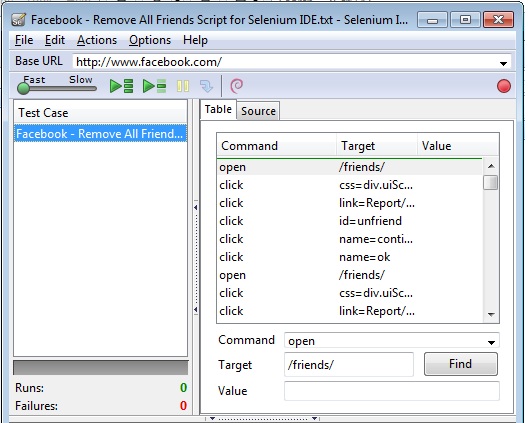UPDATE – 2012-04-30 – User Faless on GitHub has added a good bit of functionality. Check it out.
—
For some reason, my version of the rtorrent client on ubuntu does not open magnet files. So, I wanted to see if there was a way to create torrent files from magnet files. I couldn’t find a good example, so I wrote my own.
This will convert a magnet link into a .torrent file:
First, make sure your system has Python and the Python Library:
sudo apt-get install python-libtorrent |
sudo apt-get install python-libtorrent
Then, you can run the following code by calling this command:
File Magnet2Torrent.py:
'''
Created on Apr 19, 2012
@author: dan
'''
if __name__ == '__main__':
import libtorrent as lt
import time
TorrentFilePath = "/home/dan/torrentfiles/" + str(time.time()) + "/"
TorrentFilePath2 = "/home/dan/torrentfiles/" + str(time.time()) + "/" + str(time.time()) + ".torrent"
ses = lt.session()
#ses.listen_on(6881, 6891)
params = {
'save_path': TorrentFilePath,
'duplicate_is_error': True}
link = "magnet:?xt=urn:btih:599e3fb0433505f27d35efbe398225869a2a89a9&dn=ubuntu-10.04.4-server-i386.iso&tr=udp%3A%2F%2Ftracker.openbittorrent.com%3A80&tr=udp%3A%2F%2Ftracker.publicbt.com%3A80&tr=udp%3A%2F%2Ftracker.ccc.de%3A80"
handle = lt.add_magnet_uri(ses, link, params)
# ses.start_dht()
print 'saving torrent file here : ' + TorrentFilePath2 + " ..."
while (not handle.has_metadata()):
time.sleep(.1)
torinfo = handle.get_torrent_info()
fs = lt.file_storage()
for file in torinfo.files():
fs.add_file(file)
torfile = lt.create_torrent(fs)
torfile.set_comment(torinfo.comment())
torfile.set_creator(torinfo.creator())
f = open(TorrentFilePath2 + "torrentfile.torrent", "wb")
f.write(lt.bencode(torfile.generate()))
f.close()
print 'saved and closing...'
#Uncomment to Download the Torrent:
# print 'starting torrent download...'
# while (handle.status().state != lt.torrent_status.seeding):
# s = handle.status()
# time.sleep(55)
# print 'downloading...' |
'''
Created on Apr 19, 2012
@author: dan
'''
if __name__ == '__main__':
import libtorrent as lt
import time
TorrentFilePath = "/home/dan/torrentfiles/" + str(time.time()) + "/"
TorrentFilePath2 = "/home/dan/torrentfiles/" + str(time.time()) + "/" + str(time.time()) + ".torrent"
ses = lt.session()
#ses.listen_on(6881, 6891)
params = {
'save_path': TorrentFilePath,
'duplicate_is_error': True}
link = "magnet:?xt=urn:btih:599e3fb0433505f27d35efbe398225869a2a89a9&dn=ubuntu-10.04.4-server-i386.iso&tr=udp%3A%2F%2Ftracker.openbittorrent.com%3A80&tr=udp%3A%2F%2Ftracker.publicbt.com%3A80&tr=udp%3A%2F%2Ftracker.ccc.de%3A80"
handle = lt.add_magnet_uri(ses, link, params)
# ses.start_dht()
print 'saving torrent file here : ' + TorrentFilePath2 + " ..."
while (not handle.has_metadata()):
time.sleep(.1)
torinfo = handle.get_torrent_info()
fs = lt.file_storage()
for file in torinfo.files():
fs.add_file(file)
torfile = lt.create_torrent(fs)
torfile.set_comment(torinfo.comment())
torfile.set_creator(torinfo.creator())
f = open(TorrentFilePath2 + "torrentfile.torrent", "wb")
f.write(lt.bencode(torfile.generate()))
f.close()
print 'saved and closing...'
#Uncomment to Download the Torrent:
# print 'starting torrent download...'
# while (handle.status().state != lt.torrent_status.seeding):
# s = handle.status()
# time.sleep(55)
# print 'downloading...'
This will create a folder inside of ‘/home/dan/torrentfiles/’ with a structure like:
/home/dan/torrentfiles/545465456.12/545465456.12.torrent
I added this to GitHub if you want to Fork it.
https://github.com/danfolkes/Magnet2Torrent
ENJOY!


